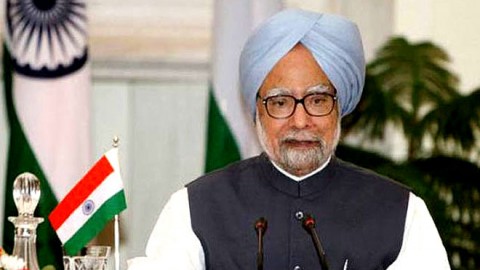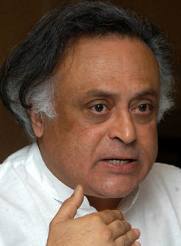Swine Flu has emerged as a big medical threat in front of the Modi government, with more than 600 people dead by-far and failure in curbing the virus, though medicines have been made available and awareness’ continue.
This year, deaths due to the H1N1 influenza A virus (swine flu) have multiplied at a higher rate, compared to the previous year, taking the number to 624. Government data shows that 9311 people are infected in total. In February itself, over 300 people have died all over the country. In 2014, 218 out of 937 infected people have passed away.

Photo: Asianews.it
“As it starts getting warmer, we expected cases to come down. This year the trend is different,” says Dr Suranjit Chatterjee, senior consultant, internal medicine, at Indraprastha Apollo Hospitals.
The government hopes that the number of cases will come down with awareness and precautionary measures. The Ministry has ordered the states to supply enough protective kits to health workers. Union Health Minister JP Nadda has conducted many review meetings. The ministry has directed pharmaceutical companies to accelerate the supply of antiviral medicines to state hospitals and licensed outlets.
“We’ve asked companies to airlift stocks, if required. We’ll monitor availability in the retail market,” Union health secretary BP Sharma said.
Experts say that the government should produce a treatment etiquette so that no unnecessary testing and hospitalization takes place as retailers had gone short of medicines in the states, including Maharashtra and Delhi last week.

Photo: Noah Seelam—AFP/Getty Images
Doctors suggest patients showing severe symptoms to start taking the antiviral medicines. “Once the disease develops, the medicine’s efficiency starts going down,” said Dr Arup Basu of Ganga Ram Hospital.
Dr. K K Aggarwal, a leading cardiologist says that patients with milder symptoms should stay home and take antiviral medicines and precautions whereas patients with moderate to acute symptoms should go to a hospital for tests and treatment. Patients with breathlessness, high fever for a couple of days or those who are already suffering from complex diseases and are immuno-compromised should get hospitalized, says Dr. Aggarwal.
Swine flu and asthma attack from the airways so doctors suggest the isolation of the infected persons. Also, asthamatics are more prone to this virus as nearly 30% of those hospitalized for the flu are asthma patients. Also, India has 30 million asthama patients, which is almost 10% of the 300 million all over the world.

Photo: BBC
Dr. Vivek Nangia, director and head of Pulmonology at Fortis says that having both makes patients unguarded for respiratory complications which includes pneumonia. “By the time the patient is prescribed noninvasive ventilation in home care, lungs have irretrievably damaged,” says Dr. Nangia.
Noninvasive ventilation can be effective for such patients, but it’s limited to a smaller number due to lack of awareness.
(Figures from The Times Of India)
Tags: Swine Flu Swine Flu in India








